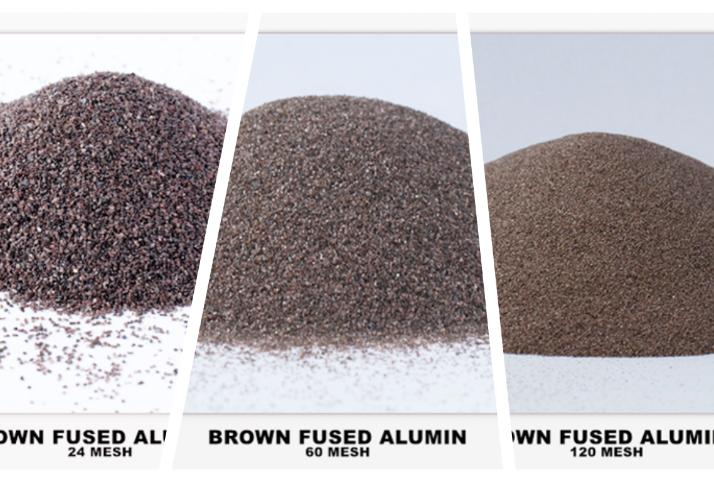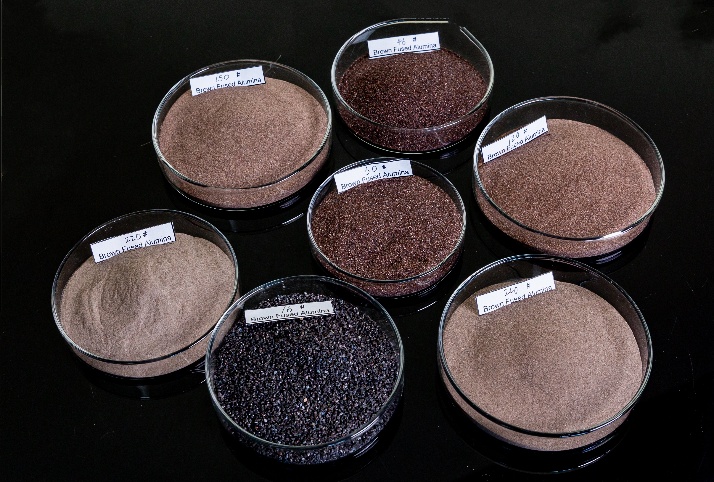 Brown corundum
Brown corundum abrasive, also known as adamantine, is a corundum material made from high quality abrasive grade bauxite as the main raw material, which is refined in a high temperature electric arc furnace at more than 2250℃. It has excellent properties such as high hardness (hardness of 9, second only to diamond), high thermal stability, high wear resistance, high toughness, and excellent self-locking and low thermal conductivity, which make
brown corundum abrasives have a wide range of applications in a number of industrial fields.
Specifically,
brown corundum abrasives can be used to manufacture a wide range of abrasive tools, such as grinding wheels, oil stones, abrasive heads, sanding bricks, etc., and can be used for the grinding and polishing of metals, ceramics, glass and other high hardness materials. In addition,
brown corundum micropowders are used as metallurgical deoxidisers and high temperature resistant materials, while high purity single crystals are used in the manufacture of internal objects for semiconductors and brown corundum fibres. In chemical systems,
brown corundum is used as reaction vessels, pipes and chemical pump parts due to its good wear resistance and high strength properties. It is also widely used as an engineered processing material in the solar photovoltaic, semiconductor, and piezoelectric crystal industries, as well as in the construction of high-temperature multifurnace walls and roofs.

The production process of
brown corundum abrasives includes a number of steps, including raw material selection, crushing, grinding, mixing and moulding, pyrometallurgy, cooling and crushing, screening and packaging, each of which needs to be strictly controlled to ensure the quality and performance of the product.
 Brown corundum abrasive, also known as adamantine, is a corundum material made from high quality abrasive grade bauxite as the main raw material, which is refined in a high temperature electric arc furnace at more than 2250℃. It has excellent properties such as high hardness (hardness of 9, second only to diamond), high thermal stability, high wear resistance, high toughness, and excellent self-locking and low thermal conductivity, which make brown corundum abrasives have a wide range of applications in a number of industrial fields.
Brown corundum abrasive, also known as adamantine, is a corundum material made from high quality abrasive grade bauxite as the main raw material, which is refined in a high temperature electric arc furnace at more than 2250℃. It has excellent properties such as high hardness (hardness of 9, second only to diamond), high thermal stability, high wear resistance, high toughness, and excellent self-locking and low thermal conductivity, which make brown corundum abrasives have a wide range of applications in a number of industrial fields.
